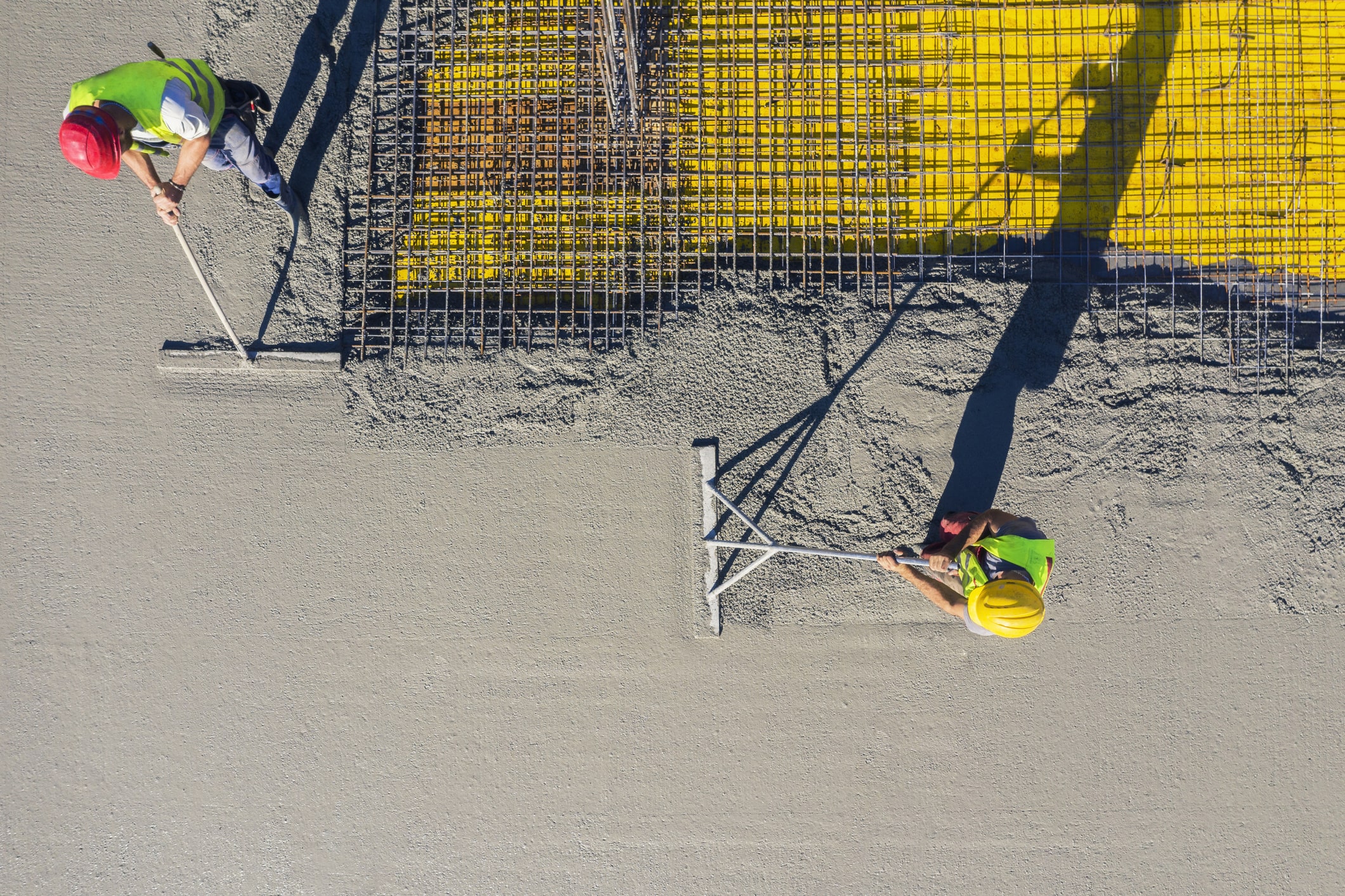When you're going to use concrete, you need to ensure that you get the look you want. Achieving the best concrete finish requires the correct tools and correct technique. First, you need to level the concrete properly. Before it cures, you need to float and trowel it. And finally, once the concrete cures, you can use mechanical polishing tools to get a smooth finish if that's what you want. There are many steps to properly achieve the best concrete finish, but the results are always worth it. The first thing you should consider is the finish you're looking for. Outside work usually requires some texture to make it non-slip. Inside work usually requires a smoother look. It will also depend on whether you will cover the concrete with something such as lino, tiles, or a carpet. There are several tools to choose from depending on the finish you are aiming for. But while there are many options to choose from, you should think ahead to what your surface will be used for.
Types of Finishes for Concrete
Troweled Finish: This is the most common way to finish concrete. After the concrete is poured and levelled, a trowel is used to smooth the surface. You can achieve this with a manual trowel, or a mechanical trowel is used for industrial work.
Broom Finish: Dragging a broom over the surface creates a rough texture that is ideal for exterior work. The resulting finish is non-slip with small ridges.
Stamped Concrete Finish: Here the concrete is finished with a pattern that can resemble flagstones or brick. It is a common finish for driveways and footpaths.
Swirl Finish: Common for outdoor areas such as driveways, it provides a non-slip surface. It is finished by making circular swirls in a repeating pattern.
Salt Finish: Using rollers, coarse salt crystals can be inserted into fresh concrete. This gives a rough surface and is a common finish for swimming pools and wet areas.
Exposed Aggregate Finish: Here aggregate is spread onto the surface of the partially cured concrete. A power floater can be used to polish the surface.
Coloured Finish: By mixing dyes into the concrete before pouring, a coloured look can be obtained. This is quite common in parks and recreational areas.
Polished Finish: Possibly the most beautiful of all finishes. It requires specialized tools and equipment to achieve a polished look. It is most common in museums and art galleries.
How to Achieve the Best Concrete Finish
 Once you have decided on the finish you'd like, there are a few more things to consider. Concrete mixers are vital for getting the right mix. So it is important to make sure you are using a suitable mixer. Once you pour your concrete, you need to get it properly leveled. Compactor plates can help to get the surface level and create a solid surface. Concrete poker units can help to remove air bubbles and will help ensure a smoother surface. A screed is a great and simple way to get your initial surface level. A darby can be used for more precise work. Try to get this done before any water appears on the surface. Once the surface water evaporates, you can then float the concrete. You can do this by hand or with a mechanical float. Troweling is one of the most important parts of creating a perfect finish. Now it's time to let the concrete cure. Once it has cured, you can start with polishing if that's the look you're going for. This is by far the best way to get that highly polished look. Using mechanical tools to polish floors is advisable, and they can even be used to brighten up older concrete.
Once you have decided on the finish you'd like, there are a few more things to consider. Concrete mixers are vital for getting the right mix. So it is important to make sure you are using a suitable mixer. Once you pour your concrete, you need to get it properly leveled. Compactor plates can help to get the surface level and create a solid surface. Concrete poker units can help to remove air bubbles and will help ensure a smoother surface. A screed is a great and simple way to get your initial surface level. A darby can be used for more precise work. Try to get this done before any water appears on the surface. Once the surface water evaporates, you can then float the concrete. You can do this by hand or with a mechanical float. Troweling is one of the most important parts of creating a perfect finish. Now it's time to let the concrete cure. Once it has cured, you can start with polishing if that's the look you're going for. This is by far the best way to get that highly polished look. Using mechanical tools to polish floors is advisable, and they can even be used to brighten up older concrete.
Knowing the Right Tools for the Job
While small jobs are usually possible with only manual labour, if it is a bigger job, you should consider which tools you need. If you are unsure of which tools you require, get in touch with the expert team here at PSM Hire. Tools such as concrete trench rammers and vibrating rollers are ideal for compacting materials. This can make your life much easier when it's a bigger job. Concrete testing equipment is also something you should consider for any job. By carrying out a concrete cube test, your concrete can be certified as compliant. Safety and reliability are extremely important, so the quality of the concrete should be verified. And it can save you a lot of money in the future if you need to produce compliance data. If you need advice, be sure to contact the expert team here at PSM Hire.
